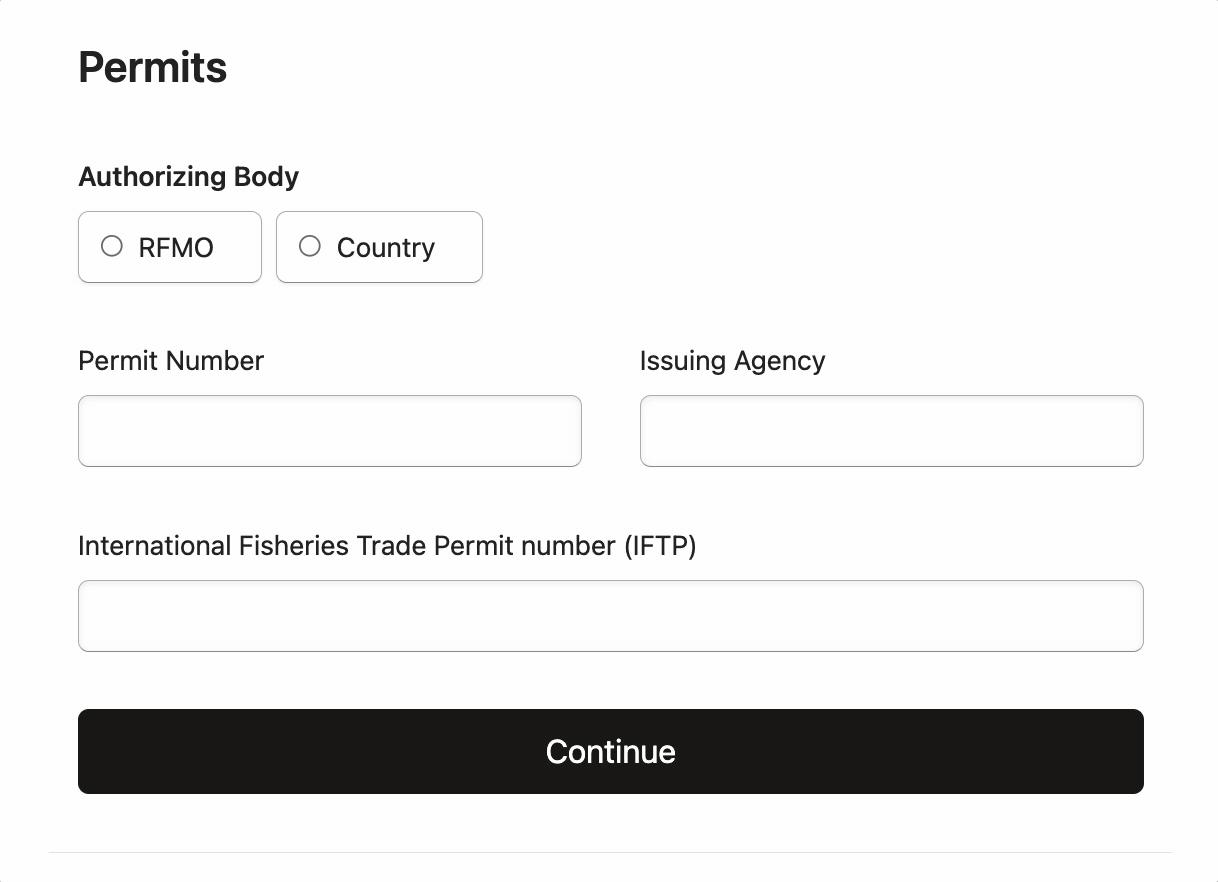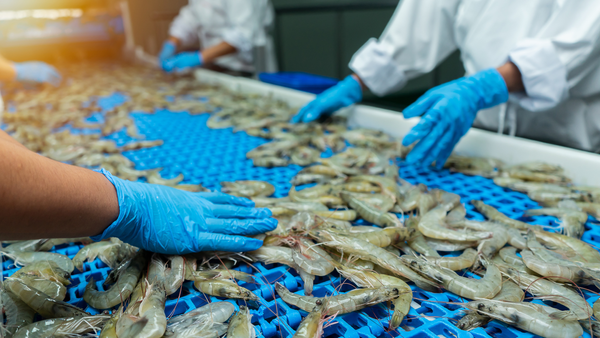How We Built a Global Fisheries Database

One of the first goals we set at Goldfish was to offer industry a gut check on sourcing data. Anyone working in trade should be able to quickly and easily assess if—for example—bluefin tuna really is harvested in the Solomon Islands using handlines (yes), or off the coast of Portugal using purse seines (also yes). Straightforward enough, right?
The first step toward building a product that answers these questions was asking ourselves “what is a fishery, exactly?” It's a complicated question. The seafood on offer at your local grocery store, for example, was sourced from all over the world. Fishers work from coast to coast harvesting from the surface down to the bottom of the sea…plus rivers and lakes. Then we have aquaculture, which makes up an increasing percentage of seafood in global trade. From a regulatory lens we can divide fisheries into two broad groups: non-commercial for fish that is never sold (think recreation, subsistence and research), and commercial for everything else (think food, goods and the aquarium trade). Goldfish provides regulatory compliance assurance to seafood traders so we focused on commercial fisheries, and specifically ones that contribute to global seafood trade.
With our scope set, we needed a way to index any fishery with variables that were understandable, specific, and widely available. After extensive research we chose four:
- Species
- Fishing Gear
- Location
- Governing Authority
Drawing only from official government data sources, in 2020 we began building a global fisheries index based on this foundational architecture–one line at a time. Over the years it evolved from a basic Excel spreadsheet to a not-so-basic Google sheet, and eventually to the powerful, growing database of over 14,000 unique global fisheries our users draw insights from today.
Building something new from the ground up is always hard, but taking the time to research and define fundamentals upfront paid off for us with a resilient data structure that will continue to mature with our product. The countless hours our team spends researching, designing and building this dataset remains largely behind the scenes. Their work is reflected in one simple, reassuring message that - core to our values–you don't need to be an expert to understand: “We recognize this fishery!”

Goldfish invests heavily in answering gut check questions because these simple, actionable insights save seafood traders time in their everyday operations and open the door for exploring new sourcing prospects with greater confidence. If you have more ideas for how to leverage our fisheries database drop us a note at hello@goldfish.io.





